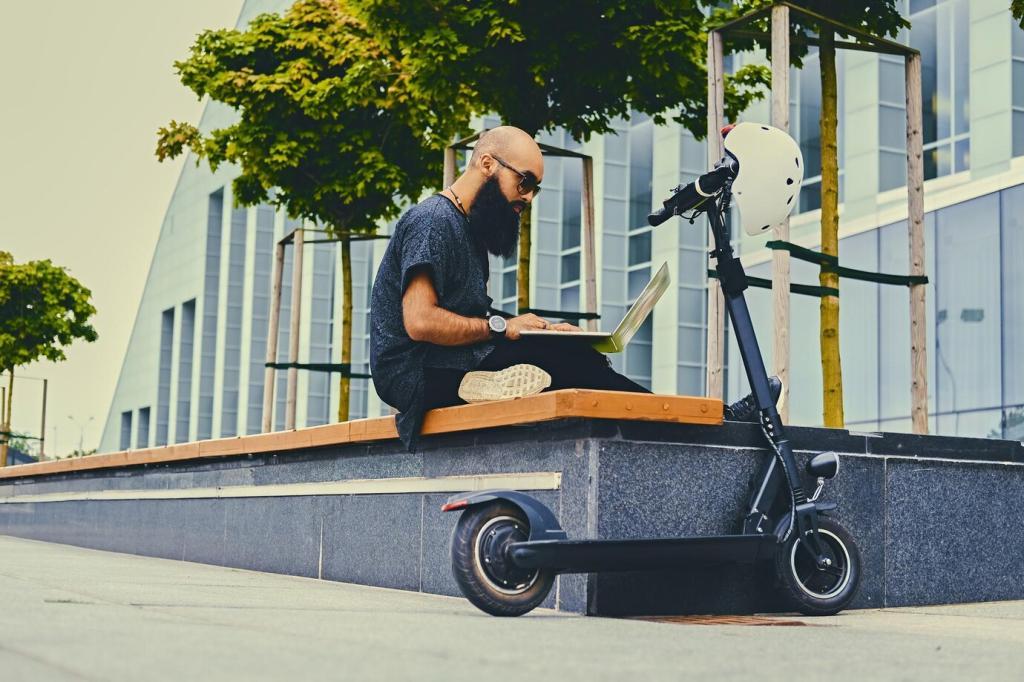A Brief History of Wearable Innovation
From Hussein Chalayan’s transforming dresses to Anouk Wipprecht’s responsive spider dress, early innovators proved circuits could amplify storytelling. Their runway moments taught audiences that intelligence in clothing can be poetic, provocative, and deeply personal.
A Brief History of Wearable Innovation
Nike+ iPod hinted at lifestyle integration, while the Apple Watch made sensors a daily accessory. Levi’s Jacquard jacket with Google validated gesture-controlled textiles, turning once-niche prototypes into approachable products people could actually wear beyond the runway.






